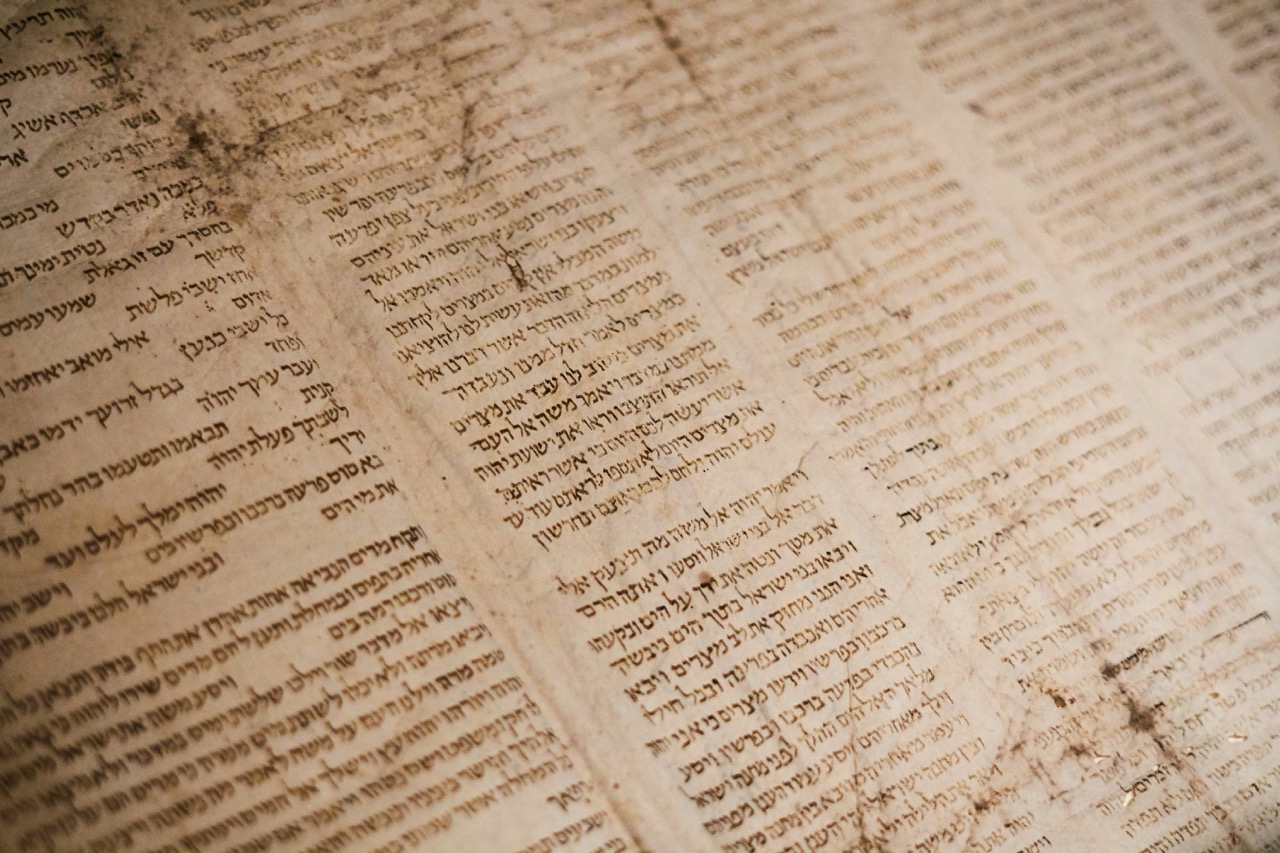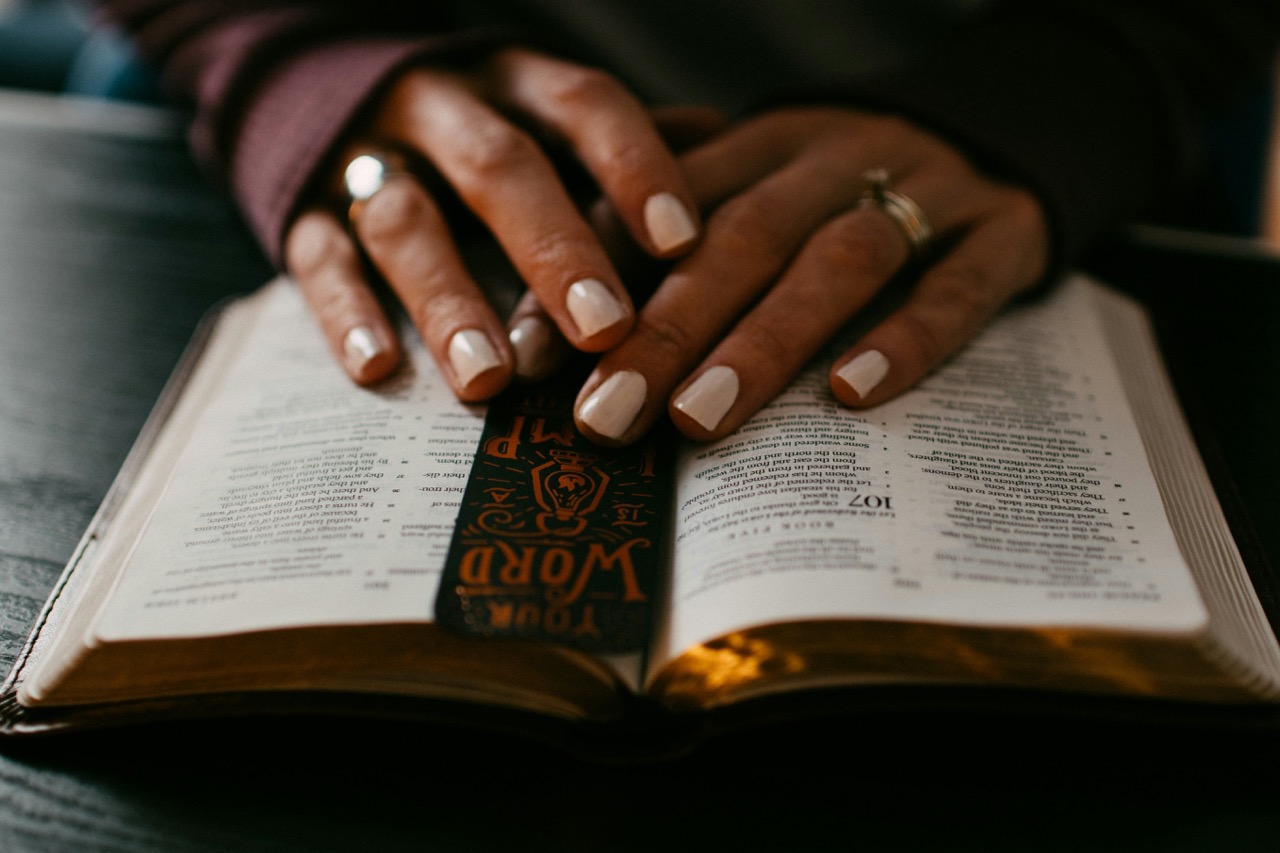The Role Of Christian Art Workshop In Liturgical Design

The integration of art and worship has been a defining feature of Christian tradition throughout history. As churches endeavor to create spaces that are not only functional but also spiritually enriching, the role of Christian art workshops becomes increasingly significant. These workshops provide an avenue for artists, theologians, and laypeople to collaborate, fostering creativity and ensuring that liturgical design resonates with cultural and spiritual needs. This article will delve into the impact of Christian art in liturgical spaces and explore how these workshops shape the future of sacred design.
Exploring the Impact of Christian Art in Liturgical Spaces
Christian art plays a pivotal role in creating environments that facilitate worship and spirituality. When thoughtfully designed, these spaces can evoke a sense of reverence and connection to the divine. From stained glass windows to frescoes and sculptures, each element is carefully crafted to tell a story, embodying theological principles and inviting worshippers into a deeper experience of faith. The visual narrative created through art helps congregants engage with the sacred, transforming ordinary spaces into places of profound significance.
Moreover, the impact of Christian art extends beyond aesthetics; it influences the overall liturgical experience. Art can guide the flow of a service, highlighting key moments through visual cues. For example, the placement of particular artworks can draw attention to the altar or baptismal font, emphasizing their importance in the liturgical narrative. By integrating art into the design of worship spaces, churches can cultivate an atmosphere that enhances spiritual reflection and community participation, ultimately enriching the worship experience.
In contemporary society, where the hustle and bustle often overshadow spiritual pursuits, the role of Christian art becomes even more critical. Artists are challenged to create works that resonate with diverse congregations, bridging the gap between tradition and modernity. As cultural contexts shift, so too must the art within worship spaces, allowing for a dynamic engagement with faith that speaks to both the heart and the mind.
How Workshops Shape the Future of Sacred Design
Christian art workshops serve as vital platforms for creativity and collaboration, where artists of varying backgrounds come together to explore the intersection of faith and art. These workshops encourage participants to engage with theological concepts, enabling them to create works that are not only beautiful but also rich in meaning. Through hands-on experiences and guided discussions, artists learn to interpret scripture visually, fostering a deeper connection to their faith while honing their skills.
Additionally, these workshops provide a space for experimentation and innovation, encouraging artists to push boundaries and incorporate contemporary techniques. By facilitating dialogue between experienced artisans and emerging creators, workshops promote an inclusive environment that nurtures talent and inspires new ideas. This collaborative approach not only leads to unique artistic expressions but also revitalizes sacred design, ensuring that it remains relevant in a rapidly changing cultural landscape.
Furthermore, the impact of these workshops extends beyond the artists themselves; they serve as community builders. Participants often forge lasting connections, fostering a sense of belonging and shared purpose. As these artists return to their respective communities, they bring with them new ideas and projects that further enrich the liturgical spaces they contribute to. Ultimately, the workshops empower individuals to create art that resonates with their congregations, thus shaping the future of sacred design in profound ways.
The role of Christian art workshops in liturgical design is transformative, bridging the gap between tradition and contemporary expression. By engaging artists in the creative process and encouraging collaboration, these workshops foster an environment where sacred design can flourish. As communities continue to seek deeper connections with their faith, the impact of thoughtful, well-designed liturgical spaces—enhanced by the artistry born from these workshops—will undoubtedly play a crucial role in nurturing spiritual growth and community cohesion for generations to come.




